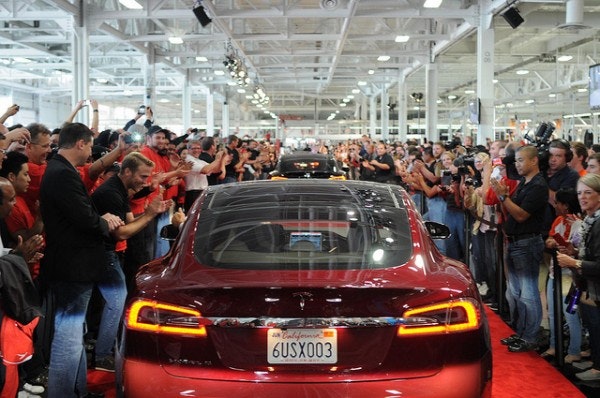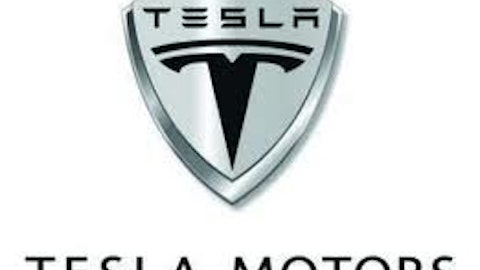In the first part of this two-part series, we looked at how electric cars were very successful in the early years of automotive history. But as paved roads made long-distance travel easier, efficient mass production built the average Joe’s gas powered Model T, and safety issues with gas cars were fixed, electric cars declined in popularity, and turned into a niche product in the decades that followed.

Today, electric cars are seeing a renaissance, with new models being introduced by Nissan, Ford Motor Company (NYSE: F), and the start-up EV maker Tesla Motors Inc (NASDAQ:TSLA). At the same time, new technologies are changing the industry making EVs more viable than ever before.
An electric car’s gas station
According to Fueleconomy.gov, the 2012 Ford Motor Company (NYSE: F) Focus has a range of nearly 350 miles on a tank of gas. The Tesla Motors Inc (NASDAQ:TSLA) Model S with an 85 kWh battery pack has an all-electric range of 265 miles. But the Ford Focus was the best-selling car in the world for 2012, while the Model S still leaves some people with feelings of range anxiety. There probably aren’t many people who need to drive a distance between 265 and 350 miles on a regular basis to justify why range anxiety is only present in the Model S.
The real difference comes from when one goes beyond the range, whether 265 or 350 miles. A Focus can be refilled at any one of the gas stations that blanket North America, and be ready to go with a full tank in less than five minutes. By contrast, there are a far smaller number of electric car charging stations, especially outside California. Even when a Model S does find one, it will take an hour to fully recharge, and that’s only if the station is a Tesla Motors Inc (NASDAQ:TSLA) Supercharging station.
But what if the Model S could be charged in five, or even 10, minutes at electric car charging stations that are as common as gas stations? The time waiting to refuel would be almost exactly the same as the Focus’s, and finding a source of fuel would be easy as well. With the ranges of the two cars not that different, the Focus and the Model S would offer drivers the same absence of range anxiety.
Other electric cars would benefit immensely from quicker charging from more common stations as well. Consider the benefits for the electric car most similar to the Focus: Ford’s Focus Electric. With 76 miles of all-electric range, and no range-extending engine like General Motors Company (NYSE:GM)’s Volt has, many buyers are likely turned off the car due to range-anxiety fears. But with charging stations dotting the landscape, and charging as rapid as refueling with gas, range anxiety would significantly diminish.
Of course, cutting the charging time to 10 minutes would require more technological improvements. But these are already under development, and could begin to see commercialization over the next several years.
Building those stations
As a maker of electric cars and only electric cars, Tesla Motors Inc (NASDAQ:TSLA) is not just waiting for fast charging stations to appear. In a partnership with SolarCity Corp (NASDAQ: SCTY), Tesla is working to build out a network of Tesla Motors Inc (NASDAQ:TSLA) Supercharging stations. The stations are designed to be powered by SolarCity Corp (NASDAQ: SCTY)’s solar panels and will provide free energy to Tesla Motors Inc (NASDAQ:TSLA) owners. Since Tesla CEO Elon Musk is also the chairman of SolarCity the partnership is a natural fit for integration among the Musk companies.

